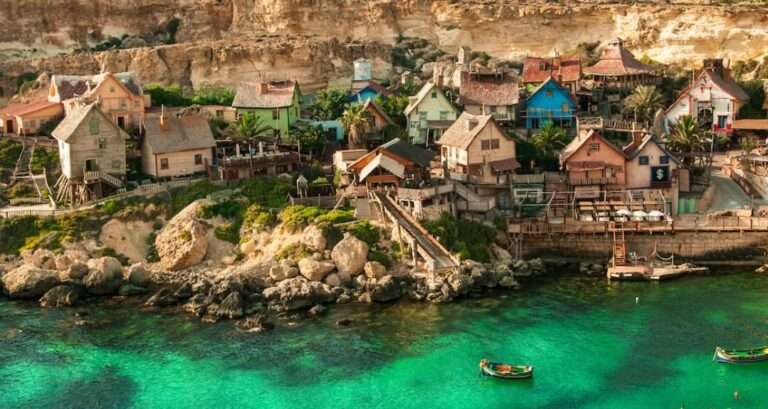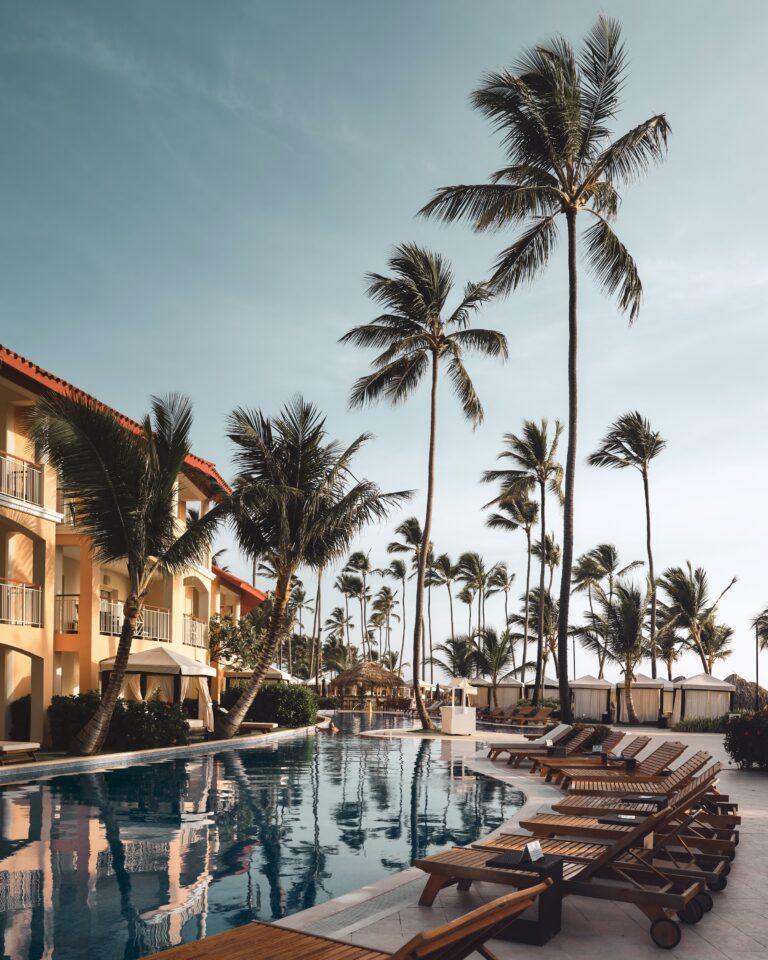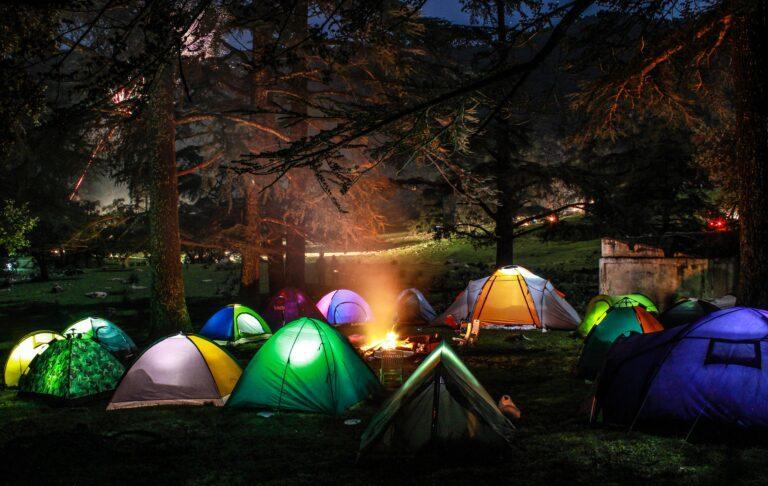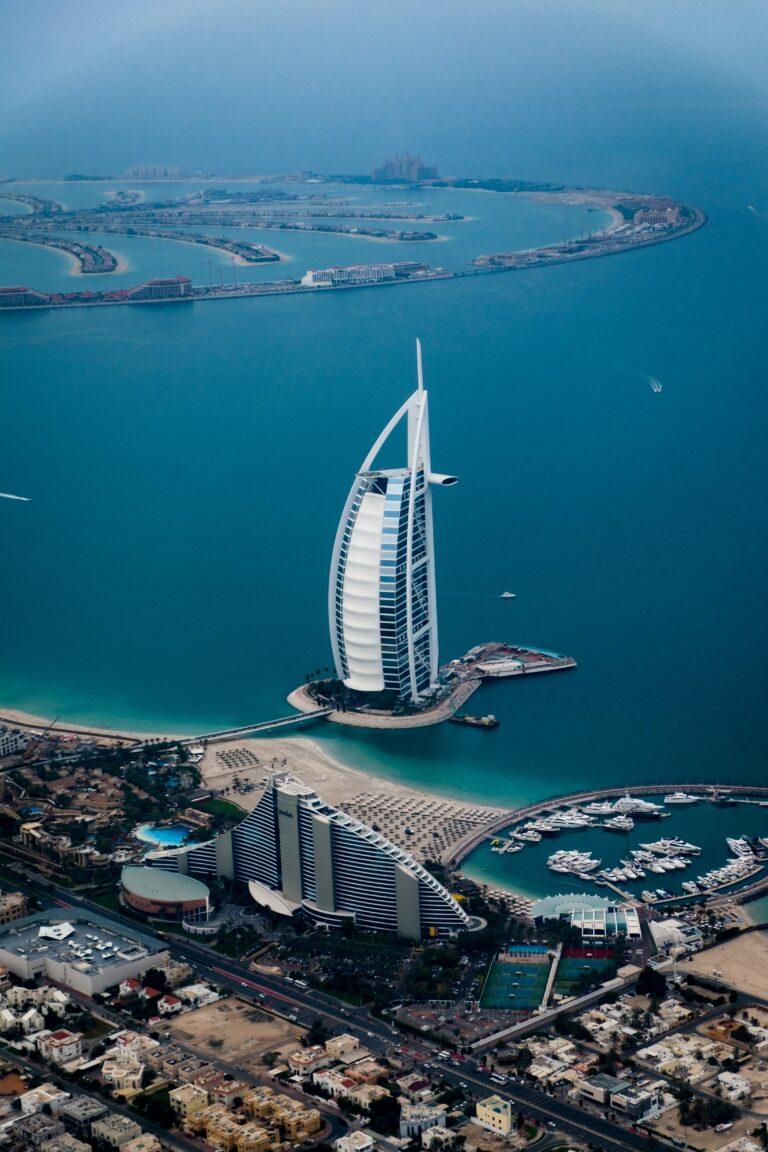On the start of a captivating journey through the heart of the United Arab Emirates with our comprehensive guide, ”Alain Oasis to Mountains” in the eastern foothills of the Jebel Hafeet mountain range, Al Ain beckons travelers with its enchanting mix of historical marvels, cultural richness, and breath taking landscapes. This travel blueprint is your key to unlocking the secrets of the Garden City, offering insights into top tourist attractions, hidden gems, and insider tips that promise to make your Al Ain adventure an unforgettable experience. Join us as we unveil the charm and wonders of Al Ain, providing you with a roadmap to explore this oasis of culture, history, and natural beauty in the UAE.”
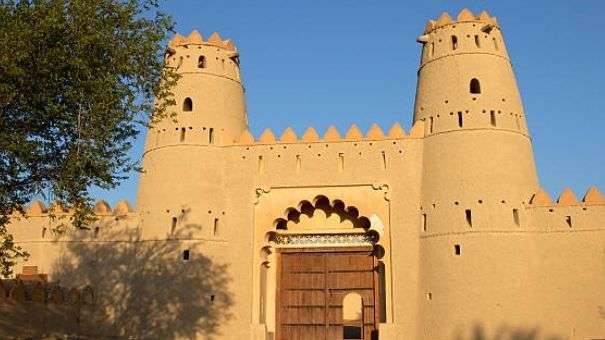
Contents
location
Al Ain is a city located in the Emirate of Abu Dhabi, which is one of the seven emirates that make up the United Arab Emirates (UAE). Specifically, Al Ain is situated in the eastern part of the Emirate of Abu Dhabi, near the border with Oman. It is approximately 160 kilometers (about 100 miles) east of the capital city, Abu Dhabi.
Al Jahili Fort:
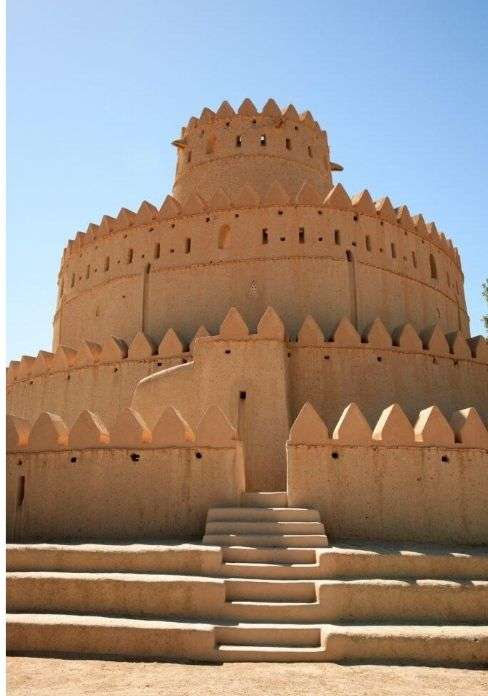
Description: A historic fort built in the 19th century, Al Jahili Fort is one of Al Ain’s architectural gems. It served as a defense outpost and royal residence and is surrounded by well-maintained gardens. Visitors can explore its intricate design, climb the watchtowers for panoramic views, and appreciate the exhibitions inside.
Al Ain Oasis:
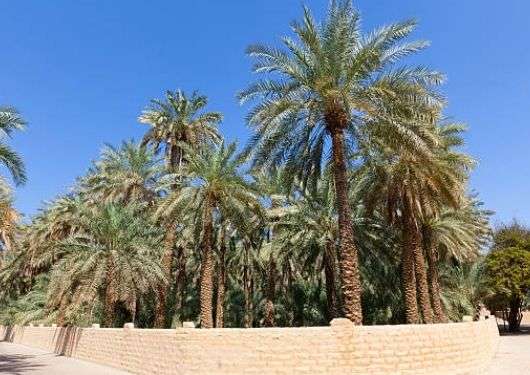
Description: Recognized as a UNESCO World Heritage Site, the Al Ain Oasis is a vast expanse of date palm plantations fed by a traditional falaj irrigation system. Visitors can stroll through shaded pathways, learn about sustainable farming practices, and enjoy the tranquility of this green oasis in the heart of the desert.
Jebel Hafeet:
Description: Jebel Hafeet is the highest peak in the United Arab Emirates and offers breathtaking views of the surrounding desert. Visitors can drive or hike to the summit, taking in the scenic beauty along the way. The mountain is also home to ancient burial sites dating back over 5,000 years.
Al Ain National Museum:
Description: The Al Ain National Museum provides insight into the history and culture of the region. It houses artifacts, archaeological finds, and exhibitions that trace the development of Al Ain from its early days to the present. The museum is a great place to understand the Emirati way of life.
Al Ain Zoo:
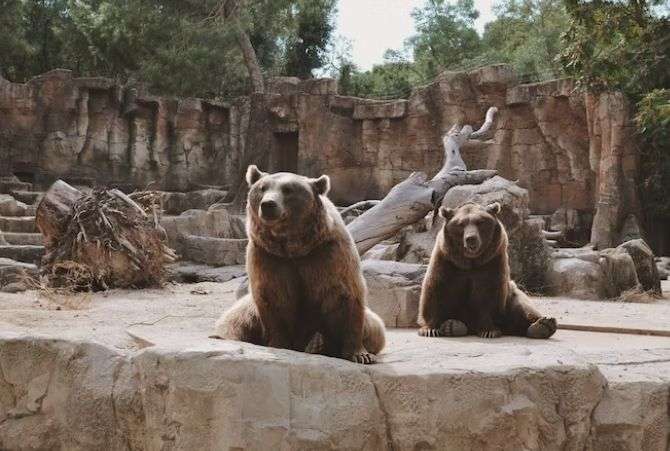
Description: The Al Ain Zoo is home to a diverse array of wildlife, including endangered species. It is renowned for its conservation efforts and interactive exhibits. The “Sheikh Zayed Desert Learning Centre” within the zoo educates visitors about environmental sustainability and wildlife preservation.
Wadi Adventure Park:
Description: For adventure enthusiasts, Wadi Adventure Park offers a range of thrilling activities, including whitewater rafting, kayaking, and surfing. The park caters to both beginners and experienced adventurers, providing a unique blend of water-based excitement against the backdrop of the desert.
Hili Archaeological Park:
Description: Hili Archaeological Park features ancient tombs dating back to the Bronze Age. The site also includes remnants of a falaj system, providing a glimpse into the agricultural practices of early inhabitants. The park is an archaeological treasure trove with well-preserved artifacts.
Al Ain Palace museum
Description: Formerly the residence of Sheikh Zayed bin Sultan Al Nahyan, the founder of the UAE, Al Ain Palace Museum showcases the royal lifestyle of the ruling family. Visitors can explore the majestic rooms, view personal artifacts, and gain insights into the region’s political history.
Al Ain’s diverse attractions make it a compelling destination for travelers seeking a blend of history, nature, and adventure in the midst of the desert landscape.
tips travel blueprint
Here are some traveling tips that can enhance your experience when visiting a new destination:
Research and Plan Ahead:
Before you travel, research your destination to understand its culture, customs, and attractions.
Pack Wisely:
Don’t forget essentials like travel documents, medications, and a universal adapter.
Stay Hydrated and Healthy:
Traveling can be exhausting, so stay hydrated, get enough rest, and eat healthily. Carry a reusable water bottle and some snacks for energy.
Stay Connected:
Keep your loved ones informed about your whereabouts. Consider getting a local SIM card or an international phone plan to stay connected during your travels.
Photography Etiquette:
Respect local rules and cultural norms regarding photography. Always ask for permission before taking photos of people, especially in religious or sensitive areas.
Emergency Preparedness:
Know the emergency contact numbers of the destination you’re visiting. Whenever possible, use local transportation to experience the culture and save money. It’s often a more authentic way to explore a destination.
I’m originally from Manchester (England) but I currently live in New York. I started this travel blog all the way back in 2009 to provide travel advice that wasn’t available in the guidebooks.
Since then I’ve traveled to over 60 countries, a lot of the time, solo. My site is filled with destination guides, things to do, epic itineraries and money-saving travel tips. I hope I can inspire you to see the world!

